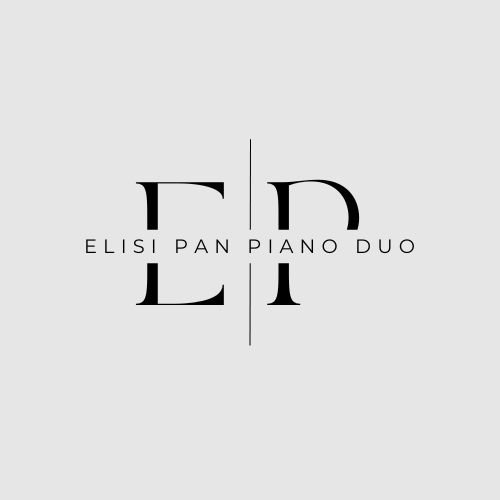Sonata for Two Pianos in D major, K. 448 (1781) by Wolfgang Amadeus Mozart (1756-1791).
Pianists Enrico Elisi and Mengyang Pan, live from the Tsingua Art Festival at National Tsingua University in HsingChu City, Taiwan on May 10, 2024. Follow the Elisi-Pan Piano Duo Channel at @Elisi.Pan.PianoDuo
Mozart's extensive repertoire spans nearly every conceivable musical form of his era, including a sonata for two keyboards. Unlike his earlier duets performed with his sister Nannerl, this particular sonata was not intended for familial collaboration. Instead, Mozart composed it in 1781, primarily for Josepha von Auernhammer, a young student rumored to have affection for him. Though their relationship didn't blossom romantically, Mozart gifted her a masterpiece. This sonata exemplifies Mozart's galant style, blending entertainment with refined classical structure, showcasing joyous, graceful melodies, and virtuosic passages.
The opening movement begins boldly with forte octaves in both pianos, leading into typical Mozartean themes characterized by lightness and flowing scales. The Andante resembles the serene slow movements of Mozart's piano concertos, featuring one piano as a lyrical soloist supported by the other in orchestral fashion. The rondo finale exudes Mozart's humor and charm, with playful gypsy-like elements and captivating contrasts that highlight his exceptional musical prowess.
Throughout, the sonata remains a testament to Mozart's innovation in piano music, combining technical brilliance with expressive depth in a work that continues to delight audiences with its freshness and ingenuity.





